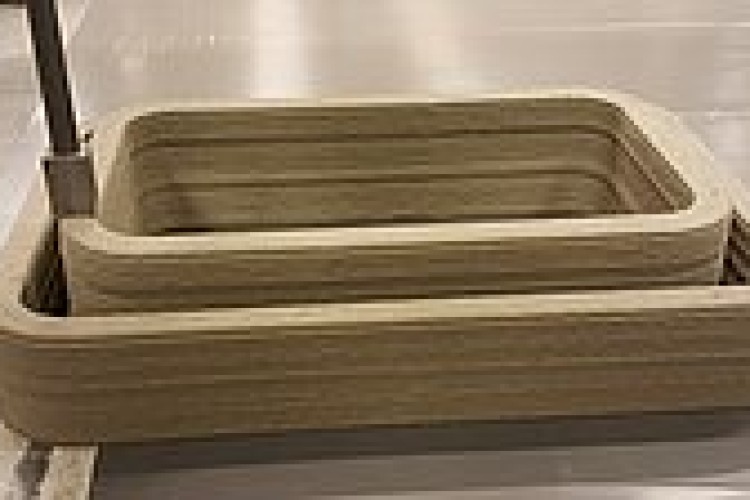Use of soft and flexible materials during printing leaves printed walls susceptible to collapse or falling over. Conventional concrete deposited in formwork typically is allowed to harden over a period of several weeks, but 3D-printed concrete is not and has no supporting formwork. Almost immediately, it has to bear the weight of the subsequent layers of concrete that are printed on top of it.
Akke Suiker, professor in Applied Mechanics at the university, has developed a model with which engineers can now determine the dimensions and printing speeds for which printed wall structures remain stable.
The university said that his formulae are so elementary that they could become commonplace in the fast-growing field of 3D printing.
“Everybody can feel the tension rising in their body as the structure gets higher,” said the university. “Is it already stiff and strong enough to add yet another layer on top? It is one of the most important issues in the new field of 3D printing.”
The issue was not one that Suiker was working on, but he regularly saw the university’s king-sized concrete printer of in action on the way to his office. On a Saturday morning last March, he woke up with an idea how to solve the problem, jotting down the first mathematical equations on paper during breakfast. In the months that followed Suiker became completely occupied by the problem, working “feverishly” on the details. The results are published this week in the International Journal of Mechanical Sciences.

Using his equations, Suiker is able to calculate how quickly he can lay down printing layers, given the material curing characteristics and wall dimensions. He can also calculate how to make the structure with as little material as possible, and what the influence of structural irregularities is. The equations can also be used to explore what happens when he makes a wall slightly thicker or increases the material curing rate, or uses a completely different material. All told, there are about 15 to 20 factors that one has to take into account, but because Suiker has scaled his equations, he was ultimately left with just five dimensionless parameters.
“The insights provided by the model create essential basic knowledge for everyone who prints 3D structures,” said Suiker. “For structural designers, engineering firms but also, for example, for companies that print thin-walled plastic prostheses of small dimensions, because that is where my equations also apply."
Suiker validated his model with results of tests done with the 3D concrete printer at Eindhoven University of Technology, carried out by PhD student Rob Wolfs. He developed a computer model at the same time as Suiker, with which he can also calculate the structural behavioyr during the printing process, but based on the finite-element method. The results from their independently developed models confirm each other.
Wolfs’ model is different in terms of application. It works well for a detailed analysis of complex problems under specific printing conditions, but due to the purely numerical character and the required computing time, it is not so suitable for identifying the most important effects of the printing process, and for mapping out overall trends.
Got a story? Email news@theconstructionindex.co.uk



